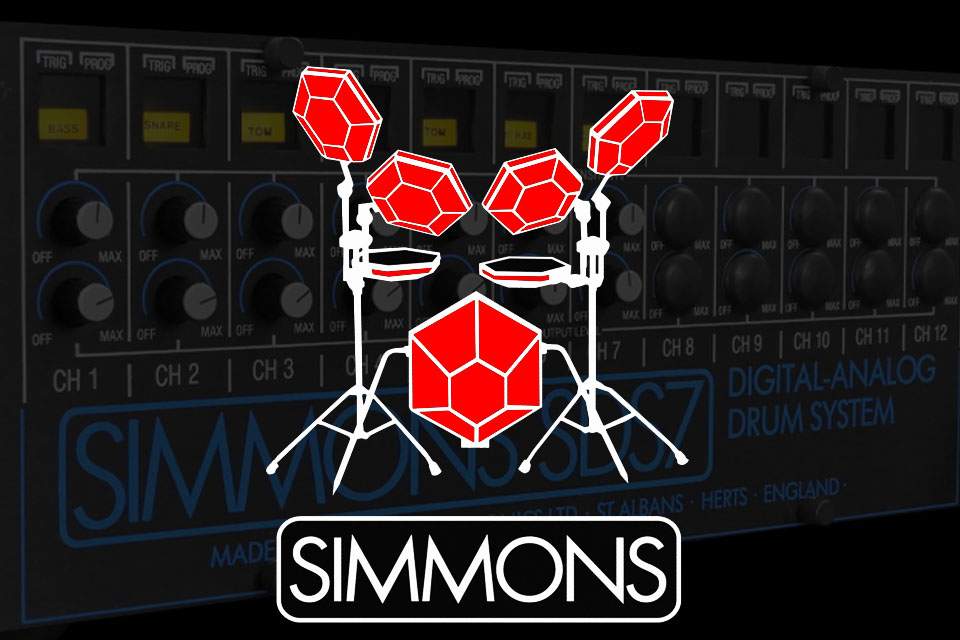I often get asked, which part of my carrier was my favourite. Well, to be honest, if you’re into music, it’s a bit like someone asking which is your favourite band or song. The seventies and the eighties were very exciting times. As an electronics engineer wanting to leave defence and branch out into music technology however, the eighties were truly magic. Indeed, my time at Simmons Electronics Plc in particular, well "kid in a candy store" comes to mind! Fast, hi-tec and an amazing bunch of people, Simmons was one of the many cool electronics companies around, uniquely being the only British electronics manufacturer at the time, to have an office in Tokyo.
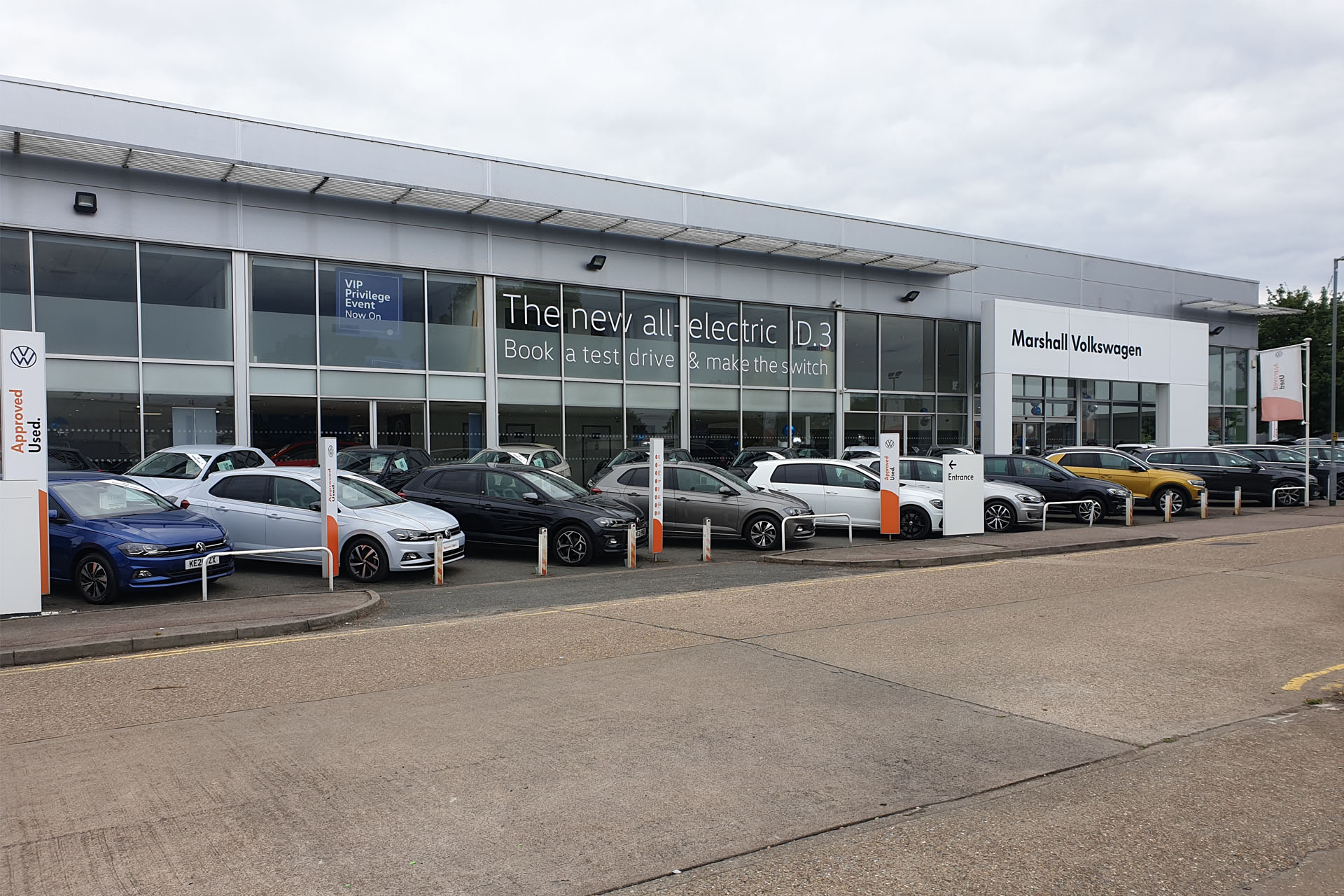
Within a few months of starting with the company, I was very familiar with machines past, present and future and working on them daily wasn’t always enough. I ended up buying a SDS9, a SDS7, an EPB, a couple of SPM 8:2s and I even bought a Silicon Mallet. And then, in 1987, 'we' released SDX and I just had to have one! Fully expanded (and costing a small fortune), SDX was capable of holding a whopping 8MB of RAM. Well stupid me, I decided that 8MB wasn't enough for drums and cymbals so I ended up buying two fully loaded SDXs, both complete with pads.
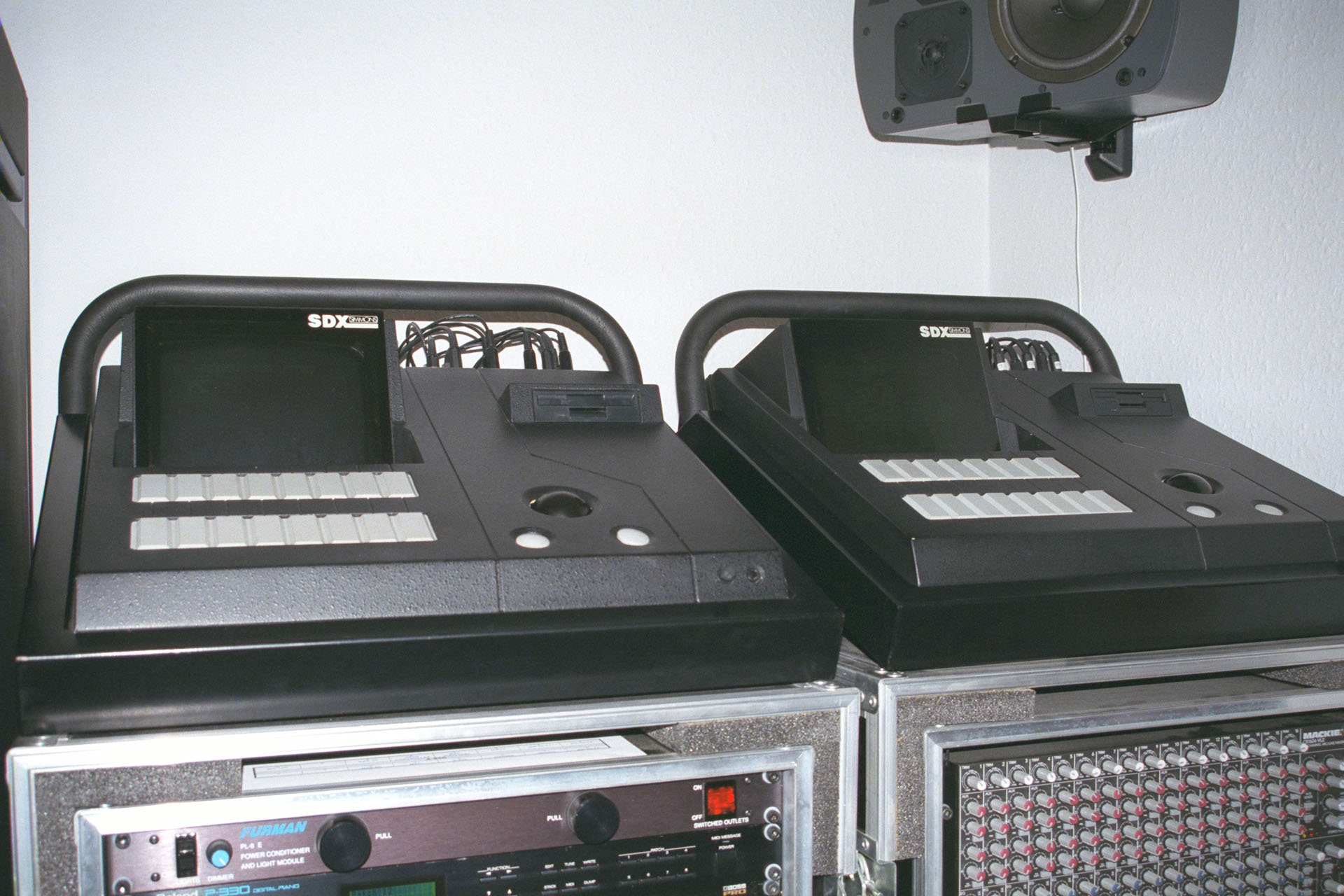
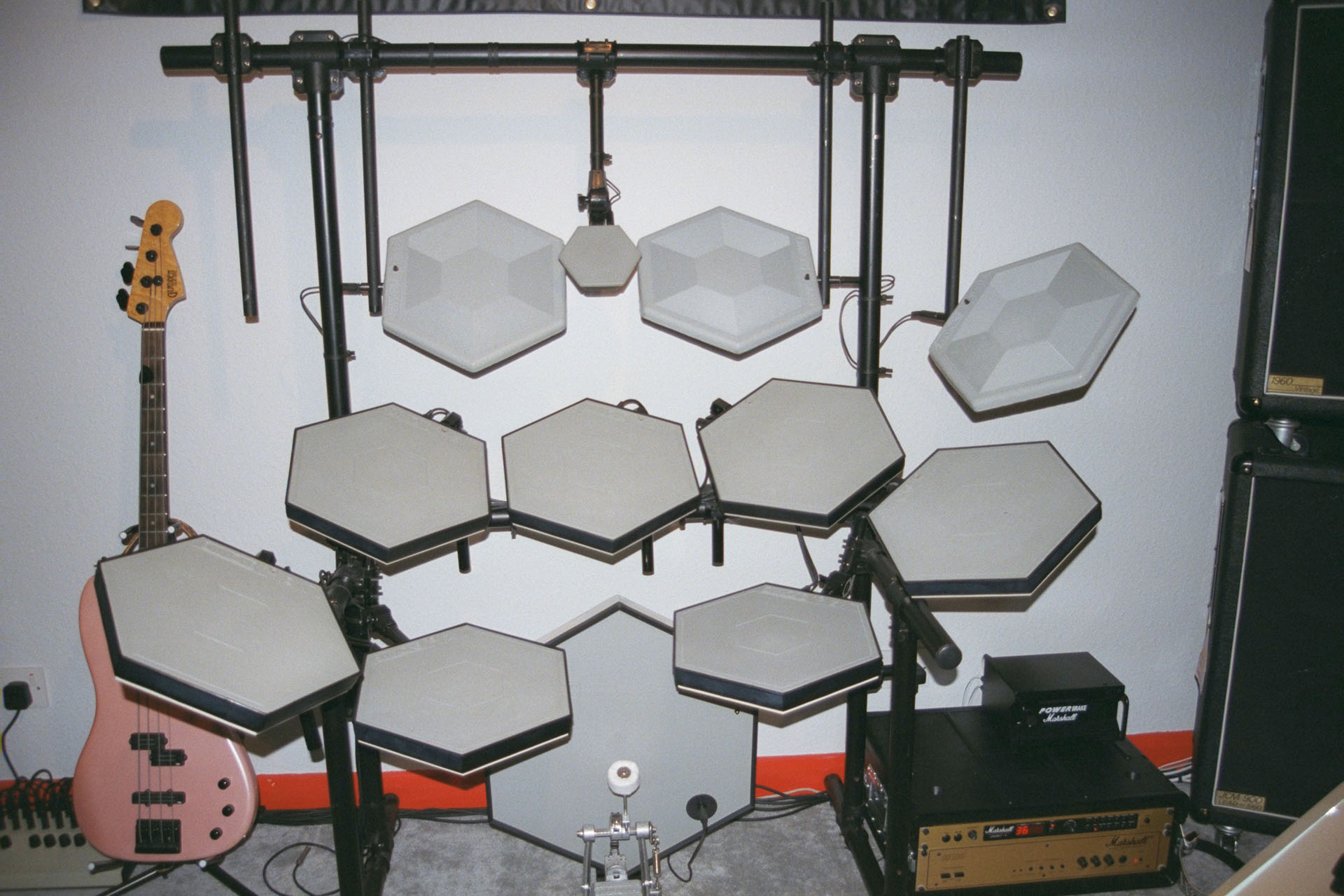
Young and stupid (I think I've confessed to such already), I sold my SDS7. I can’t remember why but it might have had something to do with buying the two SDXs which if memory serves me correctly, started at 13,000 GBP each for like the basic version which only had 2MB of memory and fewer pads. Little did I know that years later, selling my lovely SDS7 would be a decision I'd regret and so my long quest to find a really nice replacement began.
In recent years, I'd regularly check out the usual auction sites and scour the Internet looking for a nice SDS7. Well, over thirty years after selling the one I bought while at the company, I finally found one that looked too good to be true.
I'd heard about a Simmons tech in the US called The Simmons Guy and the unit I found was one that he was selling. That in itself, immediately made me feel comfortable as from what I've read, this dude seriously knows his stuff. The thing is that apart from being totally functional, this particular example, looked in really good condition.
So, on 11th December I bit the bullet and today (20th December) my new Simmons SDS7 serial number 71722 arrived.
I was recovering from my first bought of COVID but I simply couldn’t contain my excitement. It took me a while to get through the superb packaging. Of course #71722 is a US unit and therefore the transformer is wired for 120V operation. In such incredible condition, I reluctantly opened the unit and converted it to UK 240V, which included stepping down the fuse.
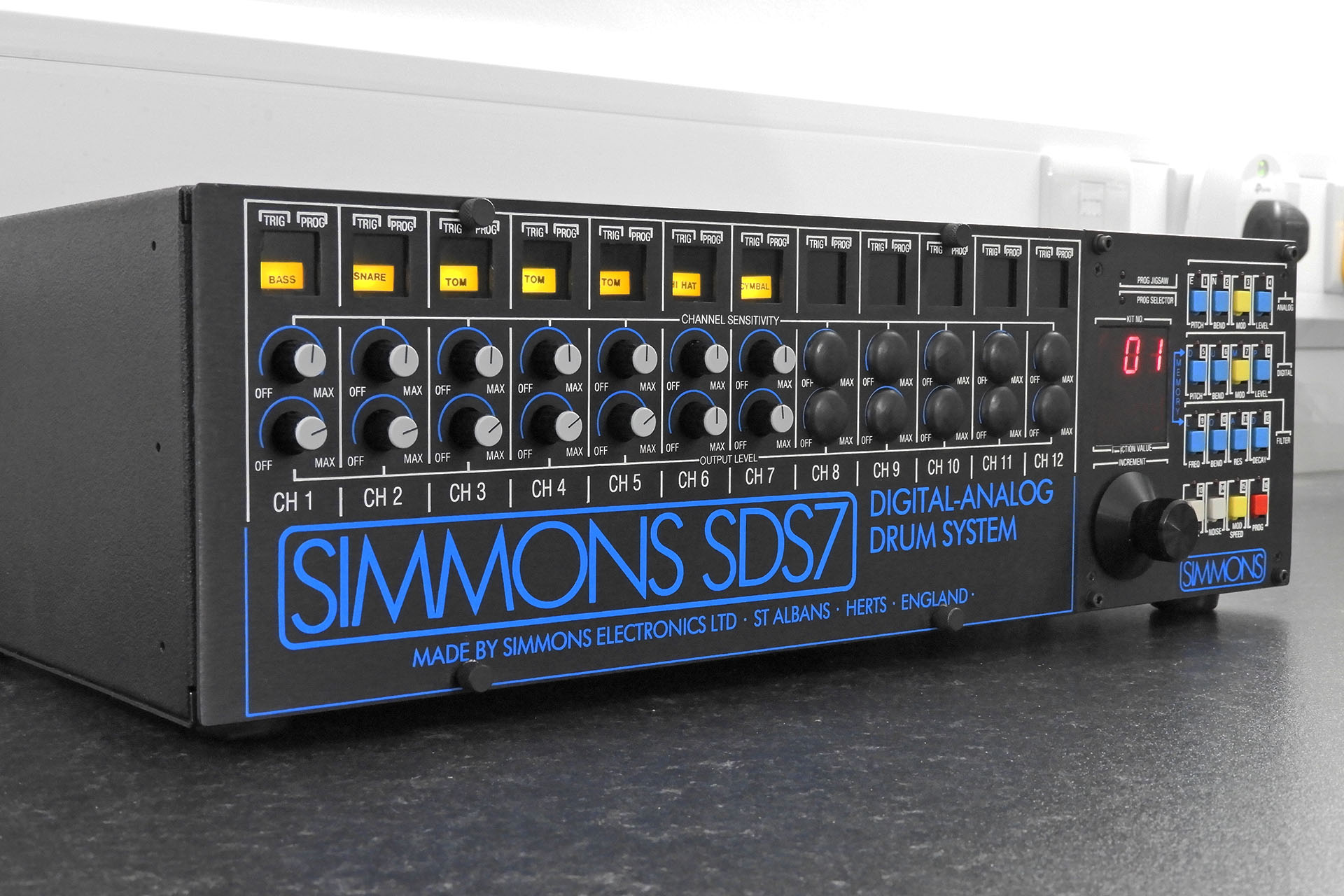
The Simmons Guy is 'Ed Rose'. We got to know each other pretty well, while I waited for my new Simmons SDS7 to arrive. Such a lovely dude, he threw in so much with this unit including a beautifully discrete Tubbetec uniPulse MIDI conversion on a 3.5mm socket, loads of EPROMs, a patch-changer and many internal tweaks such as EPROM size selectors on each voice card and the hi-hat fast decay mod'.
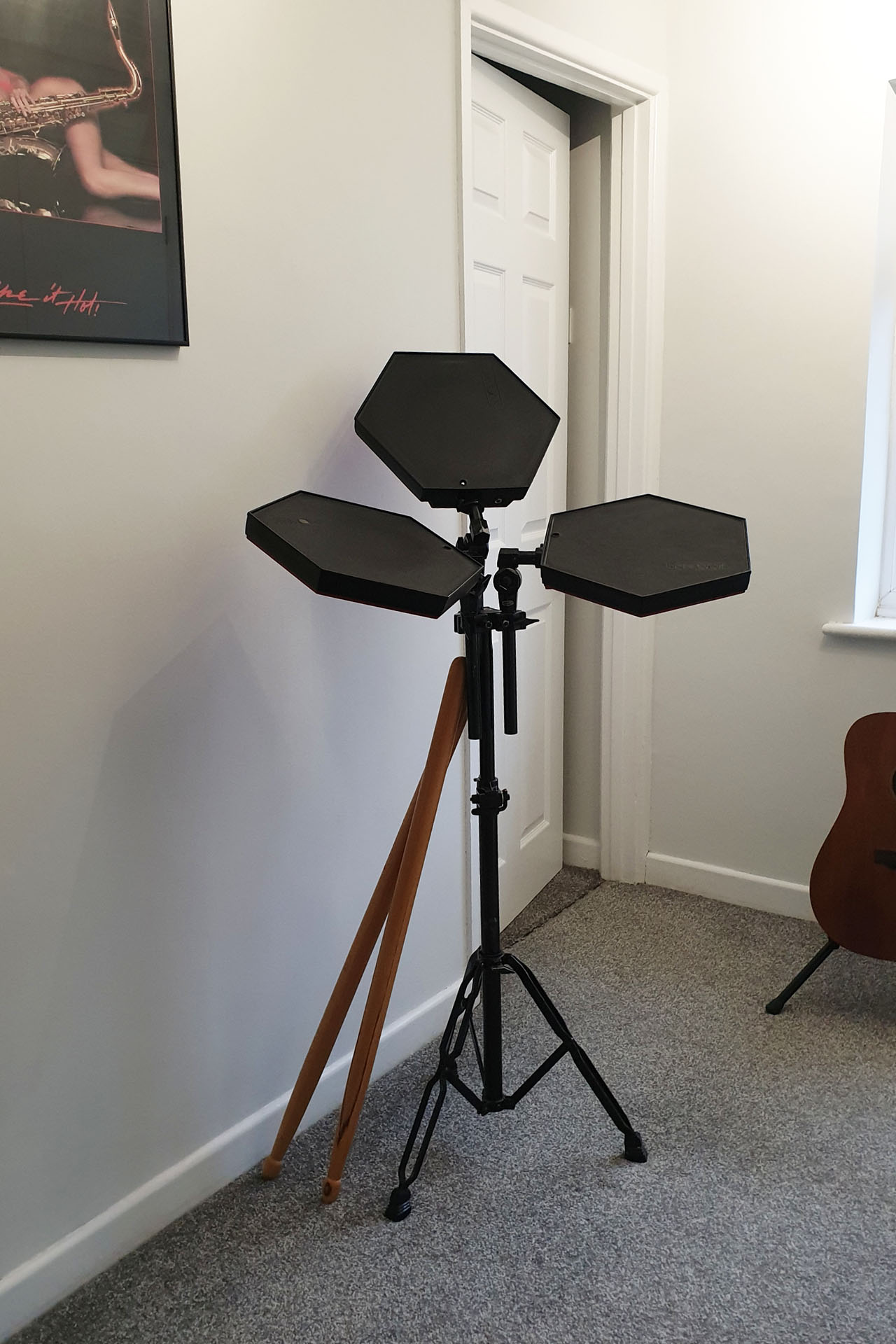
Launched in 1983, the SDS7 didn't have MIDI. In fact, the first MIDI keyboards, the Roland Jupiter 6 and the Sequential Circuits Prophet 600 only appeared that year and even the MIDI Manufacturers Association wasn't established 'till 1985. Indeed this was a very exciting time.
Fitted with a Tubbutec uniPulse MIDI to CV converter which I have to say, has been done quite discreetly, #71722 can now be triggered via MIDI IN. Even the hi-hat open / hi-hat closed can be controlled via MIDI controller 18. Tubbutec supplies a configurator for Windows and OS X. With no MIDI Out though, things are a bit 'one-sided'. Having said that, the uniPulse hardware is fitted with a momentary switch which allows the system to 'learn' (and memorise) the incoming MIDI channel. A very convenient touch.
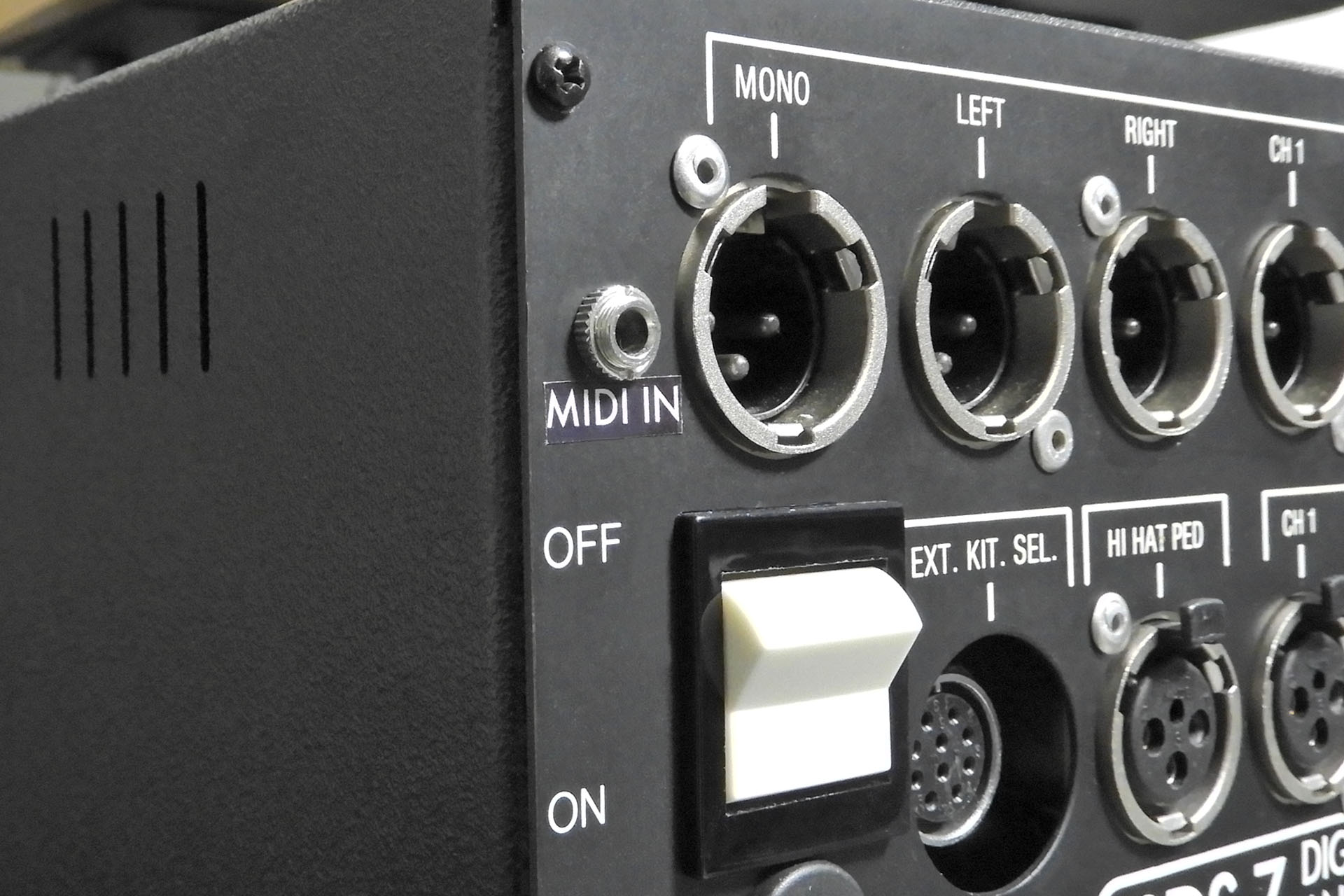
All trigger inputs and audio outputs are on 3-pole XLRs. In the case of the audio outputs, one might be forgiven for thinking that they're all balanced. Unfortunately, that's not the case. In fact, being high-impedance as well, I've wired things to accommodate a couple of active unbalanced to balanced converters between the SDS7 and my Yamaha DM-2000 mixing desk.
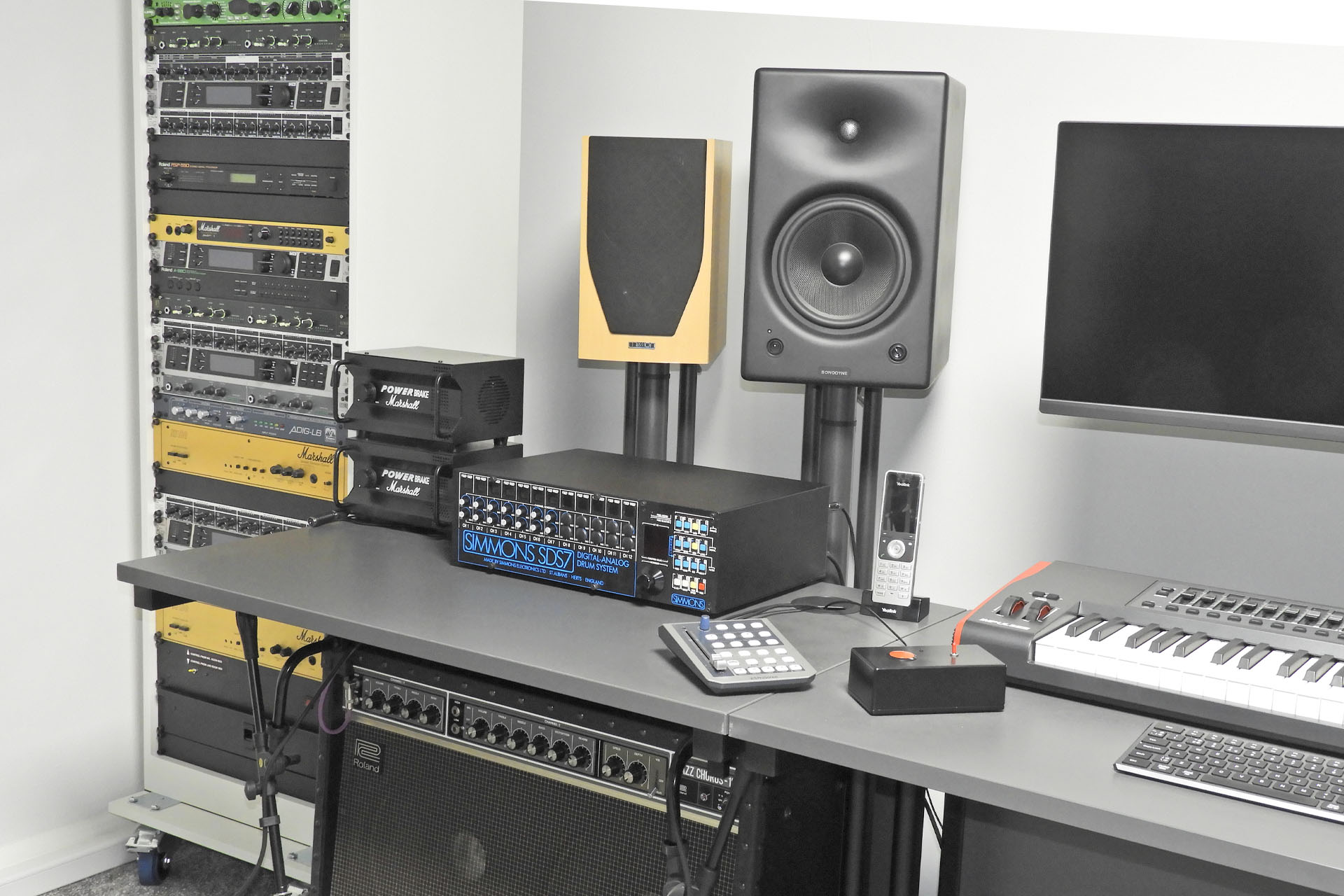
I've also hooked up the SDS7 to a TP-Link Kasa smart power outlet and a schedule has been created which powers on the SDS7 every Monday at 12:00 mid-day for a couple of hours. That way, the NiCd battery receives regular charging.
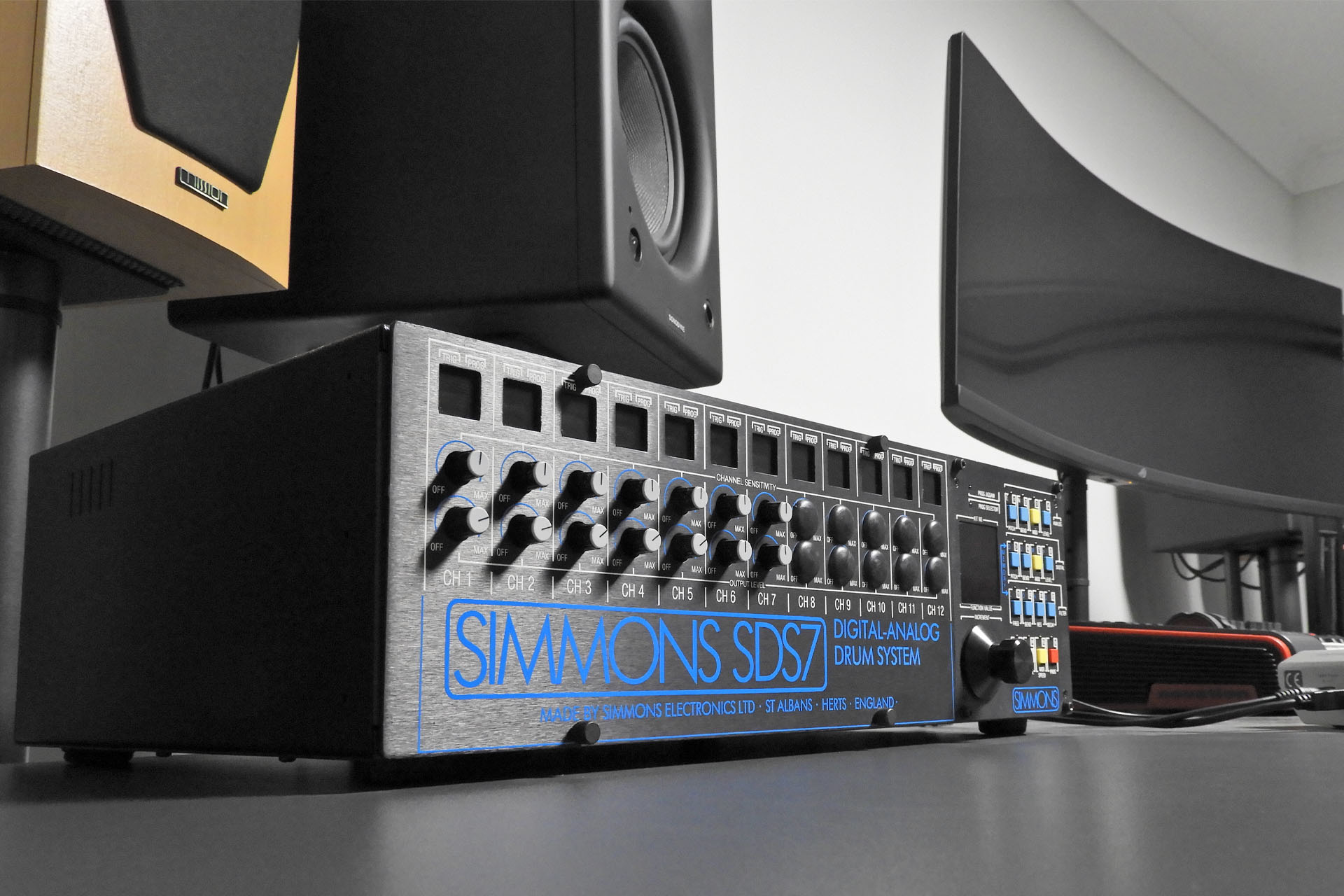
At some point, I might consider modifying the memory back-up battery circuitry so as to take lithium batteries, similar to the modification I offer as part of my external power supply package for the Cheetah MS6.
What the google hook-up also means however, is that I can say "Hey Google, switch on my SDS7" and guess what happens! 😮
LAST WORDS
How practical will my new Simmons SDS7 be for contemporary music production? Who know! Who cares!! What I do know is that I will be using it and I'll absolutely love using it. Yes, it's a huge chunk of mega nostalgia for me but I'm a firm believer in keeping the creative process fun and that's totally subjective.
UPDATE - 28th December 2023
I'm totally over COVID and #71722 is now MIDI'd up to the rest of my studio. For the time-being, stereo outputs are going directly to my Yamaha DM2000 and I AM SO HAPPY!!!!!
My new Simmons SDS7 responded immediately to MIDI and sounded just as I remember back in 1986 (ish). Oh boy! I'm gonna have some fun with this. 😀
NOTE: While I wait for my active unbalanced to balanced converters to arrive, the stereo outputs from the SDS7 are running unbalanced to my DM2000 and I have to admit that I can't believe how quite this box is. While I don't recall having any particular noise issues with my original SDS7 back in the day, it's a well documented fact that some SDS7s did / do suffer from what was referred to as CPU noise. In fact, Simmons developed a rather ingenious 'noise cancelling mod' which took advantage of a spare op-amp. A piece of wire strapped to the back of the 'back plane' PCB acts as an aerial, picking up the so-called CPU noise, which is then inverted and mixed back on to the stereo buss. This particular SDS7 however, is really very quiet. The DM2000 meters will show up failing chorus chips in something like a Roland JX-8P which might not be immediately apparent on the monitors and yet the unbalanced audio outputs from my new Simmons SDS7, aren't showing anything when not played. To be brutally honest, I didn't expect that, especially from a machine that's forty years old.
UPDATE - 30th December 2024
It's been a year since I got my Simmons SDS7 and what a (SIMMONS) year! I seriously got the bug and during 2024 I allowed my new acquisition to distract me like never before.
At this point, I should thank my fantastic customers for their patience and giving me time to develop some stuff that I felt, the Simmons community really needed.
I also need to thank my newly formed Simmons Vintage Technical Network for all the support and help.
"So what happened, Alex?" I hear you ask.
Like I said, I got the bug and ended up designing a whole bunch of bits 'n' pieces for the Simmons SDS7 and nice little upgrade for the SDSV.
Pleiades is a 2-in-1 solution which, when teamed up with the Tubbutec uniPulse, makes Simmons SDS7 MIDI conversion easy and straight forward. Pleiades also makes it easy to convert the Simmons SDS7 to lithium battery memory back-up. Having to regularly switch on your SDS7 whether you're using it or not, simply to recharge the old Ni-Cd is now a thing of the past.

NC-7 is a cool little gadget which can be fitted to those SDS7s that didn't receive the noise cancelling mod back in the day.
Dark Matter is a new modern switched-mode replacement power supply for the Simmons SDS7. Rated at 75W and being nearer 90% efficient (as opposed to 15%), Dark Matter will allow your SDS7 to easily run twelve modules, without getting hot and unreliable.

AMEP or Advanced Memory Expansion Pack, is the ultimate memory back up system for the Simmons SDS7.
I also mentioned a small upgrade for the Simmons SDSV...
SDSM is a bracket which holds the uniPulse MIDI to trigger converter. Like Pleiades, SDSM comes with detailed instructions to make SDSV MIDI conversion easy and straight-forward.


